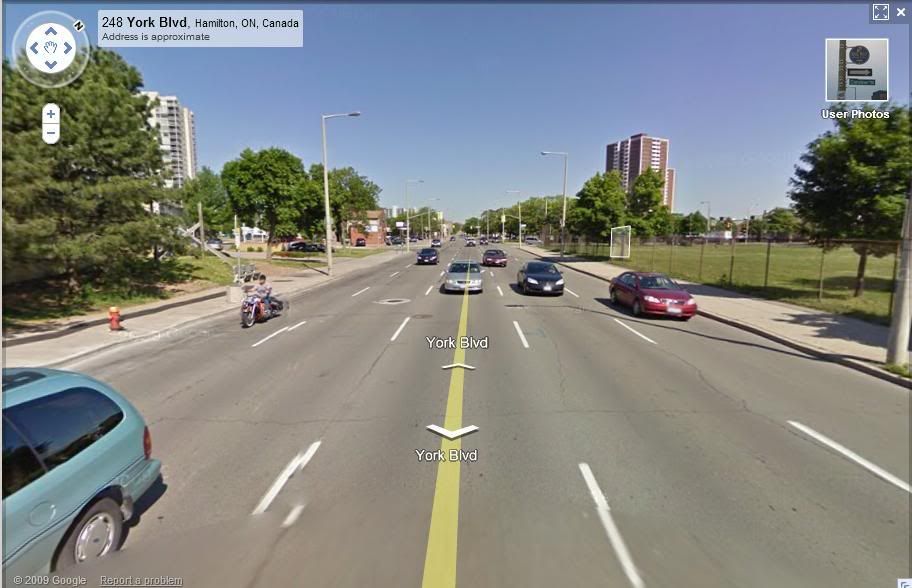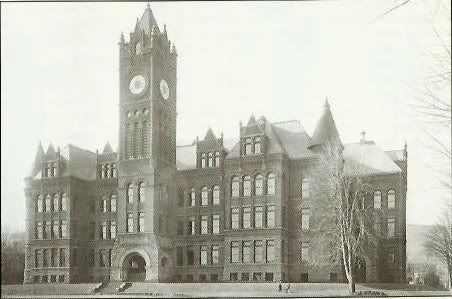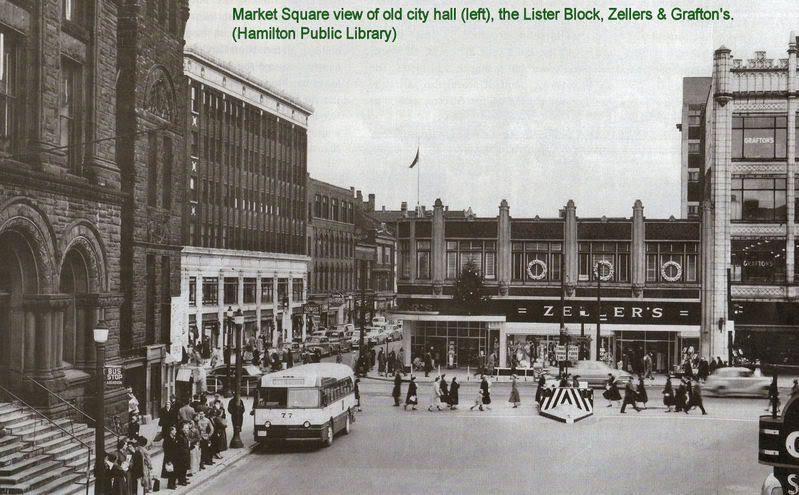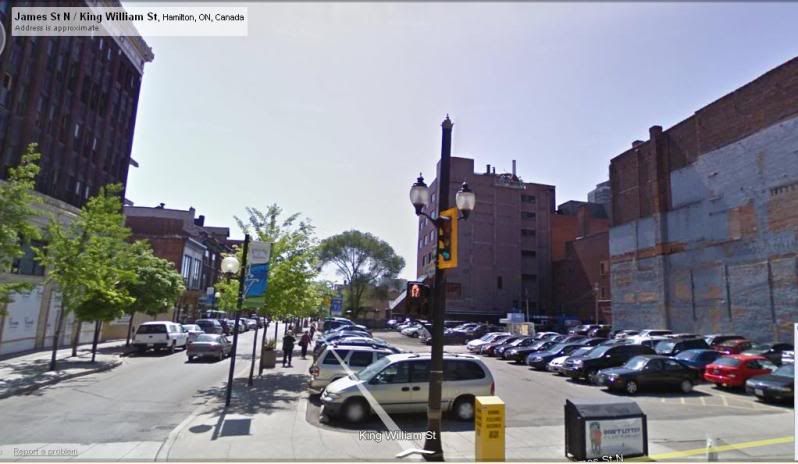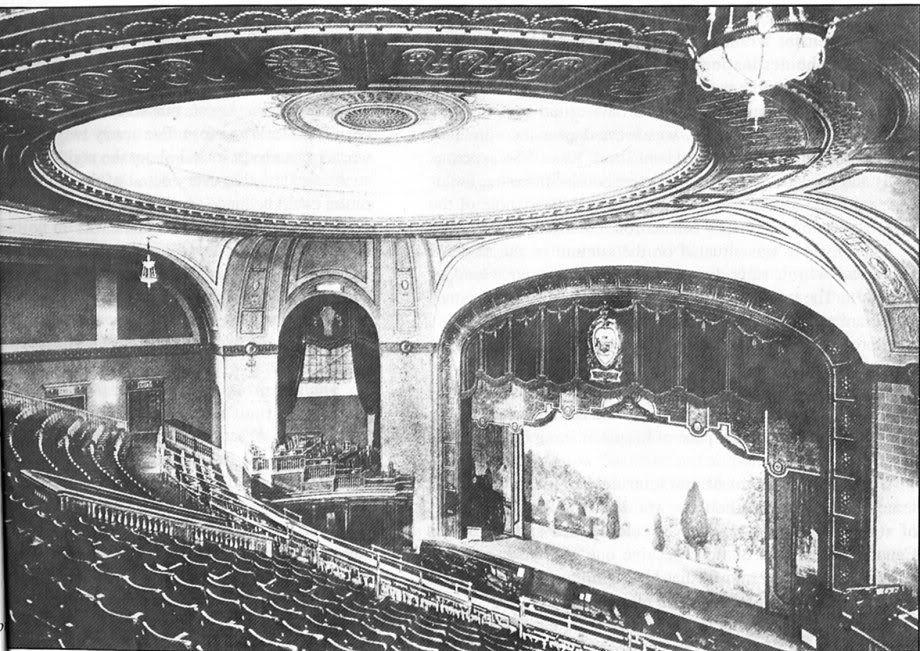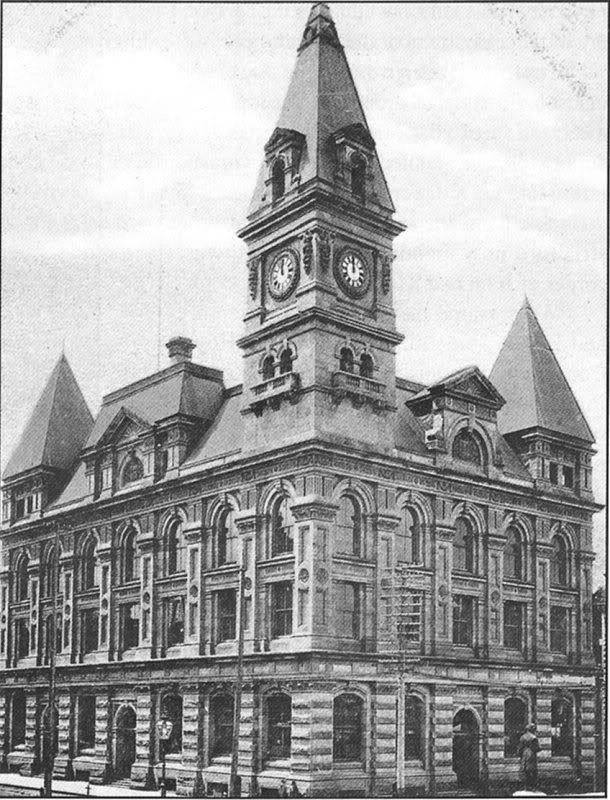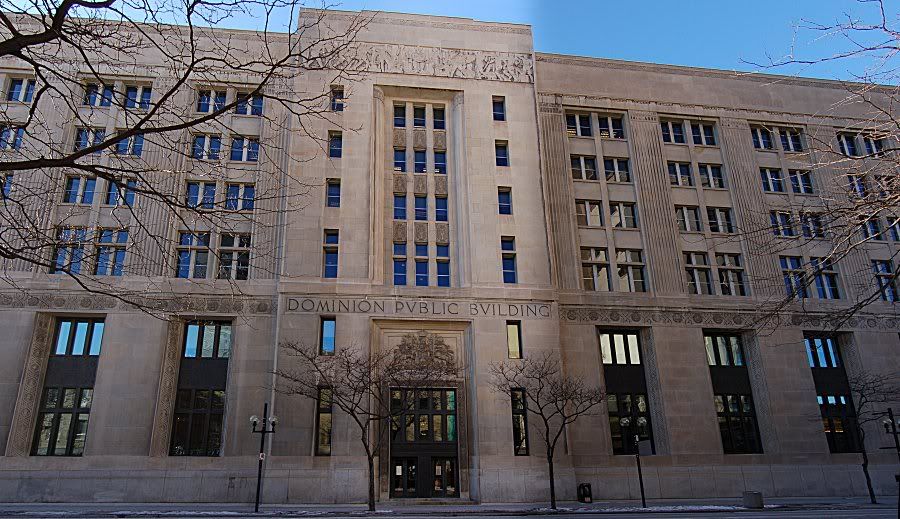flar
Active Member
Cool thread. Compared to the urban renewal that took place in Toronto downtown Hamilton looks like it was taken behind the woodshed and beaten to a pulp in the 1960s.
I remember seeing a photo from the 1950s of the street that York Boulevard replaced. It was a narrow commercial road with a vibrant streetscape that looked kind of like Dundas street or College. Somehow the city fathers managed to demolish the entire length of the street and replace it with a 6-lane highway. They also demolished their historic city hall and, to build their new city hall, took about 6 square blocks of Victorian mansions and razed them to the ground.
All true, I estimate that about 80% of the buildings in Hamilton's core that existed pre-1950 are gone. The sad thing is Hamilton doesn't have much in the way of postwar architecture to be proud of.
The old York St:

Now:
